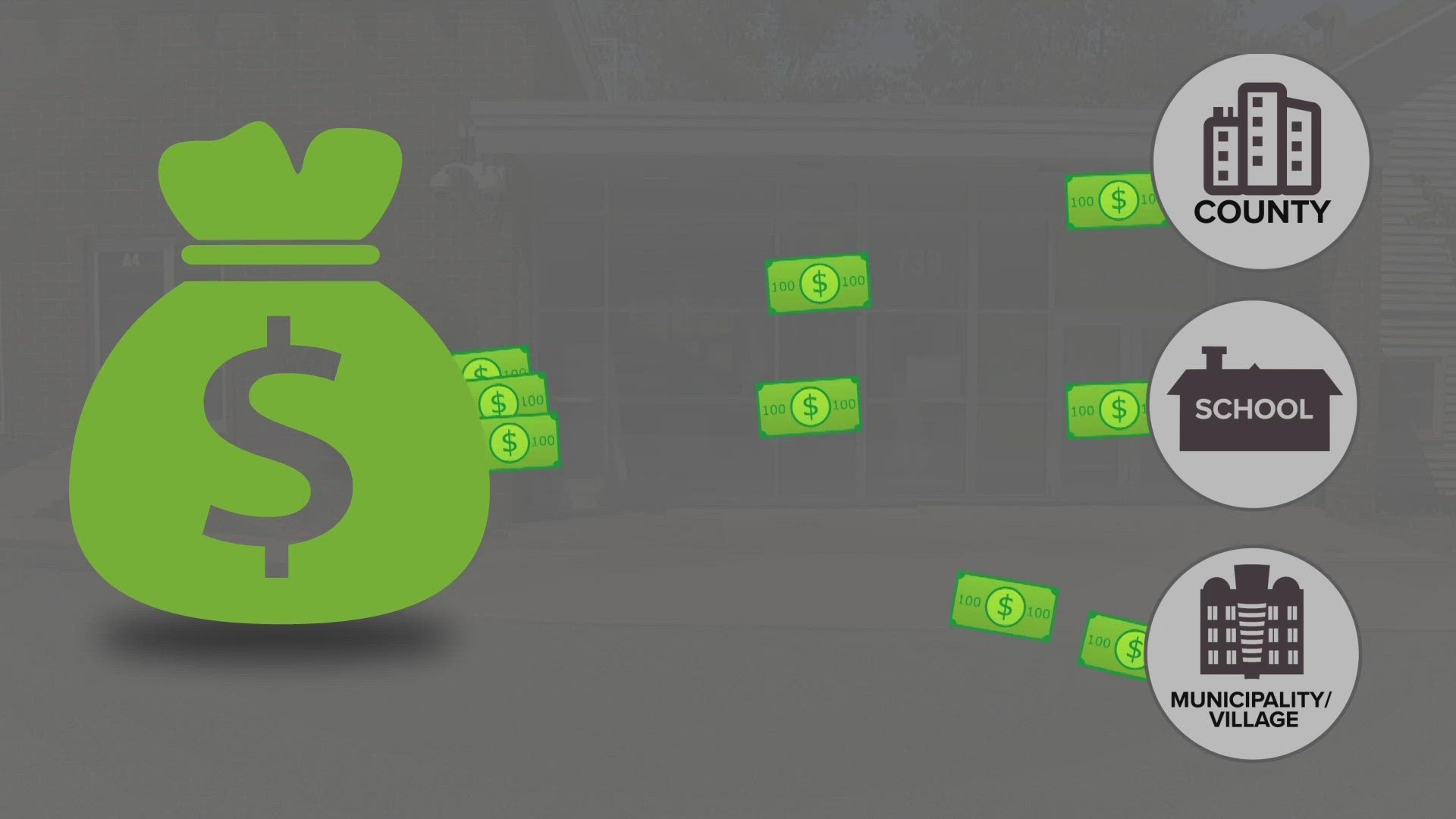OHIO, USA — Election day is less than three weeks away and school levies on the November 5 ballot could increase the amount you pay in taxes if they’re passed.
3News is answering two big questions voters have when determining whether to support their district’s levy.
The first question:
Do public school districts in Ohio automatically receive more money when property values increase?
“It's complicated,” says Michael Chambers, the fiscal officer for Cuyahoga County.
Chambers acknowledges the answer to the question is both “yes” and “no” because of millage, which is how tax rates are expressed.
“There is what is known as the inside millage. It's the unvoted tax increase. That does impact schools,” Chambers explains.
The money collected from inside millage is divided between the county, school district, municipality or village, and varies based on where you live and the school district. The Ohio constitution states inside millage is limited to 10 mills.
Therefore, when property values increase, yes, schools can get more money based on the amount of inside millage assigned to the district.
“Ohio law put that in a long time ago,” Chambers adds. “It was a way to try to show some nominal growth along the lines so schools wouldn't have to keep going back and asking for additional levies.”
Then there’s outside millage, which is voted on by the public. School levies and bond issues are considered outside millage.
The state law known as House Bill 920 prohibits money collected from a voter approved levy to increase when property values increase.
The millage rate is adjusted so districts can only collect the amount approved by voters.
For example, Mayfield City Schools has a 5.0 mill operating levy on the November 5 ballot that if approved, is expected to generate $7.743 million annually for the district. As property values increase, the millage rate will be reduced to keep the amount generated for the district at $7.743 million annually.
In these cases, no, the district does not collect more money on the outside millage associated with an approved levy when property values increase.
The second question 3News is hearing from voters:
if a school levy on the November 5 ballot passes in a county that underwent the reappraisal process in 2024, is the levy amount based on the new property values?
Lorain County just went through a 2024 reappraisal where property values increased by an average of 31%, according to Lorain County Auditor Craig Snodgrass. Cuyahoga County also went through property reappraisals this year where property values are increasing by an average of 32%.
“Thankfully it’s based on the current year, which is right now 2023, payable 2024,” Chambers says. “With tax years we’re always kind of a year behind … so, the answer to the question ‘does my reappraisal impact the existing levies,’ the answer is ‘no.’ Will it impact the new levies (on the November 5 ballot), the answer is ‘no’ because it’s based on this current tax year.”
Snodgrass adds that the levies on the November ballot were certified at a tax rate based on 2023 property values. Due to HB 920, as property values increase or decrease, the tax rate will be adjusted on voted upon levies and bond issues so districts can only collect the amount voters approved.
Chambers advises residents in Cuyahoga County to use the county’s Property Tax Estimator and the Tax Levy Estimator to get an estimate of how much they will pay if a school tax levy is approved in their district. Chambers says residents would need to add the results together from both estimators “to see the true impact when they get their January bill from Cuyahoga County.”

